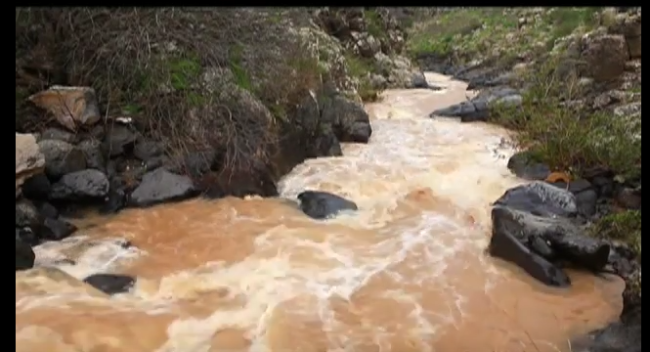Tao is the greatest non-being in the universe & it’s in you

Being and non-being are two very important concepts introduced by Lao Tzu in Tao Te Ching. If you don’t know the difference between them, it is very hard for you to appreciate the wisdom of the book.
In the original text, being is you (有), which means having. It has been translated in many other ways, including existence, substance, name and many more.
Non-being, on the other hand, is wu (无), which means not having. It has also been translated as non-existence, emptiness, nameless and many more.
To understand the difference between being and non-being, let’s think of a house. What comes to mind when a house is mentioned?
Most likely you would think of a physical building with pillars, walls, doors, windows and roof. These are the being, having, existence or substance.
While the being is important, it is meaningless without the non-being. In this case, it is the space, where you can move within and create happiness and excitement.
Non-being is something that you cannot see, but it is what you are using.
While the pillars and walls create the existence of the house, it is the space in the house that makes the house useful. The space cannot be useful, however, if the physical building is not around. So the being and non-being have to work together to make things meaningful.
Tao is the greatest non-being in the universe. You cannot see or touch it, but it is there, nourishing every being, including you and I. It is the Tao – manifested in our nature and true spirit within us — that makes us useful. Without that, we are lacklustre no matter how attractive our physical appearance is.
Lao Tzu makes the concepts very clear in Chapter 11:
“Thirty spokes are joined together in a wheel,
but it is the center hole
that allows the wheel to function.We mold clay into a pot,
but it is the emptiness inside
that makes the vessel useful.We fashion wood for a house,
but it is the emptiness inside
that makes it livable.We work with the substantial,
but the emptiness is what we use.”Translated by J H McDonald
Thanks to Ian Burt for the picture.






